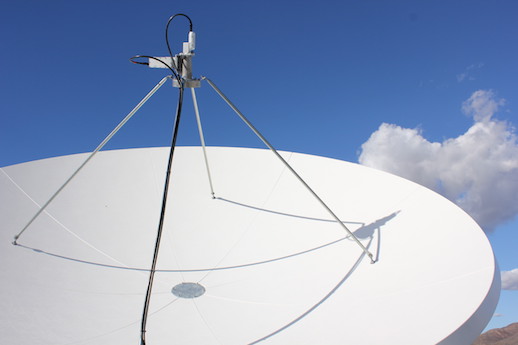As is the custom, Chairman Ajit Pai announced his coming departure in advance of the changing administration in January. Normally, the FCC has five commissioners, two of the minority political party and three of the majority party, including the Chairman. Pai was appointed by President Obama in 2012 and rose to Chairman under President Trump.
Ajit Pai, in a press statement, listed his accomplishments: “Closing the digital divide; promoting innovation and competition, from 5G on the ground to broadband from space; protecting consumers; and advancing public safety.”
His critics have pointed to a perceived bias toward telecom interests over broadcast as the FCC has worked rapidly to sell, not lease, spectrum to the telecom giants directly from spectrum previously used by broadcasters with the goal of universally available fast networking. Ajit Pai had worked two years for Verizon as an Associate General Counsel before returning to public service in 2003. Pai has also worked against internet neutrality in favor of ISP traffic controls and surcharges.
For broadcasters, he supported the move for AM broadcasters to get an FM translator channel wherever possible, which has worked better for some broadcasters than others. He also pushed allowing AM stations to choose digital modulation if they wished. There has been no increase in broadcast spectrum, including for the crowded FM band, under his leadership.


